Disclosure: This article contains affiliate links. We may earn a commission from purchases at no extra cost to you, which helps our travel content.
Folks always ask me, 'Aubrey, after four decades behind the wheel, what makes you pick Tanzania of all places?' Simple - while everyone's scrambling up that famous mountain, I'm down here with the locals, fishing the hidden streams, and soaking up the kind of authentic experiences you can't buy on those fancy tours. This ain't your typical 'conquer Kilimanjaro' story. It's about how a 65-year-old cab driver from Jersey City found paradise in the shadow of Africa's tallest peak without emptying his retirement fund.
Getting Around Like a Local (Not a Tourist)
First thing I learned in 40 years of driving a cab - transportation makes or breaks your experience. Forget those overpriced safari vans. In Moshi town, I linked up with Baraka, a local dala-dala driver who showed me how to navigate the region for pennies on the dollar.
These minibuses might look like they're held together with hope and duct tape, but they'll get you anywhere for about 2,000 Tanzanian shillings (less than a buck). The Moshi-Arusha route? That's the main artery, running every 15 minutes from dawn till dusk. Just flag one down, hop in, and pass your fare forward.
For more remote villages, I swear by my foldable walking stick. Worth its weight in gold when you're navigating those uneven village paths or crossing streams. Plus, it collapses small enough to fit in my daypack when I'm hopping on motorcycle taxis (called 'boda-bodas').
Remember how I navigate Jersey City? Same principle applies here - make friends with one reliable driver. I tipped Baraka well on day one, got his WhatsApp, and suddenly I had 24/7 transportation advice and a local friend who invited me to his sister's wedding by day three.
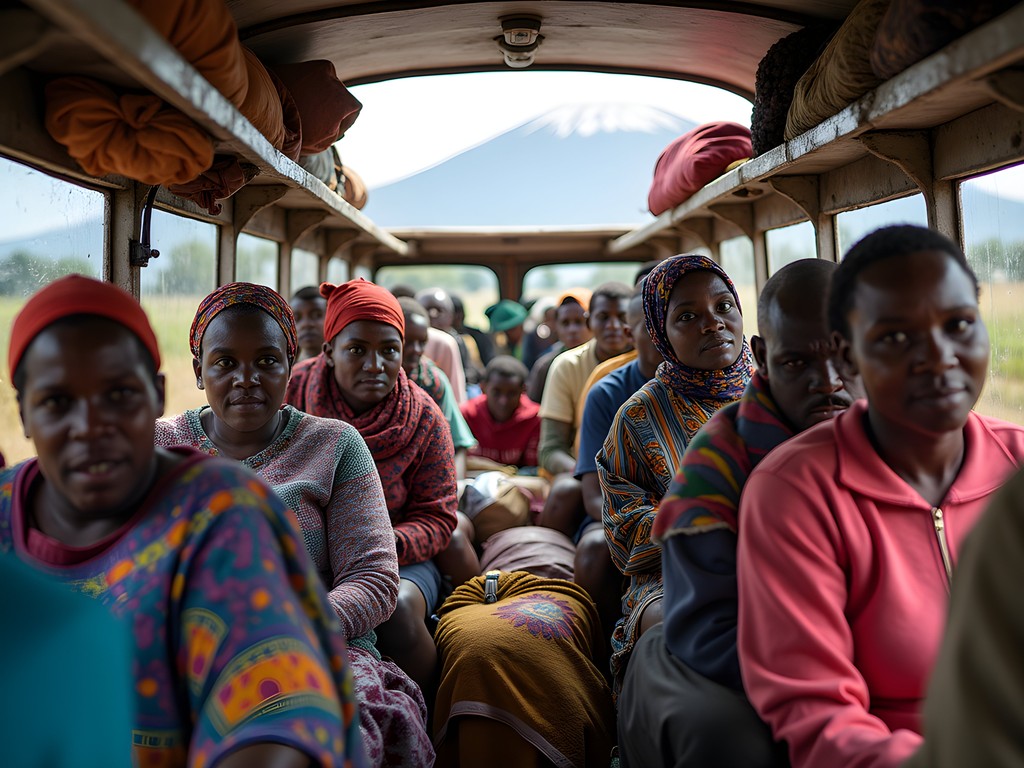
💡 Pro Tips
- Learn basic Swahili greetings - 'Jambo' (hello) and 'Asante' (thank you) will earn you respect and better prices
- Always negotiate boda-boda fares BEFORE getting on the motorcycle
- Download the offline Google Maps for Kilimanjaro Region - cell service gets spotty in villages
Fishing with the Chagga: Where the Locals Cast Their Lines
After 35 years fishing the Hudson and Raritan, I thought I knew something about angling. Then I met Mzee Temba, a 78-year-old Chagga elder who laughed at my fancy travel fishing rod. But he respected my enthusiasm enough to show me the hidden streams of Lower Moshi where the locals actually fish.
Forget those tourist trout farms. The real action happens along the Kikuletwa and Karanga Rivers. The locals use simple hand lines with remarkable efficiency. I brought my telescopic rod which packs down small enough for any daypack - perfect for travelers who don't want to commit luggage space to a full-sized rod.
Mzee taught me to use local bait - a paste made from maize flour and water that attracts the native tilapia and catfish. We spent three afternoons catching dinner, him outfishing me 3-to-1 despite my fancy gear. The experience wasn't just about the catch, but the stories exchanged across cultures and generations.
One practical tip: bring a waterproof dry bag for your phone and wallet. Those afternoon rain showers come out of nowhere, and the streams rise faster than a Jersey City taxi fare during rush hour.
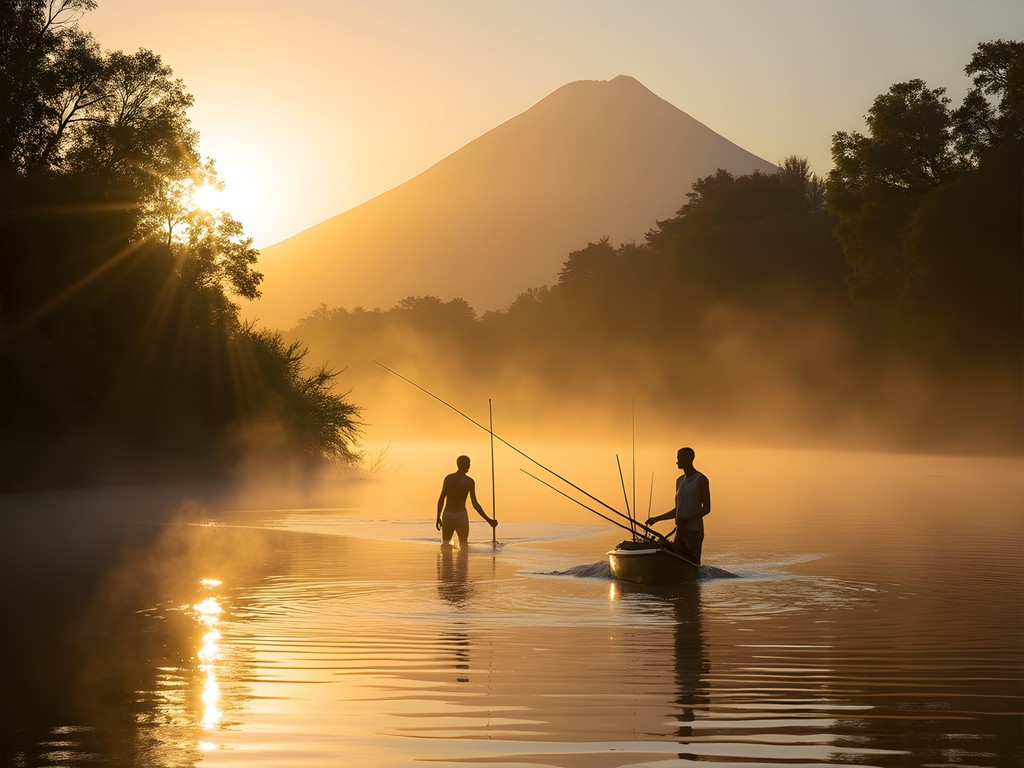
💡 Pro Tips
- Ask permission before fishing any water - local customs matter
- The best fishing happens early morning (5-8am) or late afternoon (4-6pm)
- Bring small gifts like hooks or fishing line to exchange with local anglers - creates instant friendships
Street Art and Village Murals: The Canvas of Kilimanjaro
Most folks don't associate Kilimanjaro with street art, but that's their loss. While Moshi town has some emerging urban pieces, the real treasures are the village murals that tell stories no guidebook ever could.
In Marangu, I stumbled upon a series of school murals depicting local history through vibrant colors that'd make Brooklyn street artists jealous. The Chagga Cultural Museum nearby showcases traditional house paintings that have evolved into contemporary expressions.
My taxi driver instincts led me to the best spots - always follow the local buses and look where they terminate. That's where communities gather, and where art thrives. I document everything with my smartphone and my trusty pocket printer. This little miracle lets me print photos on the spot to give to locals I photograph - a gesture that opens more doors than you'd believe.
In Kibosho village, I met a collective of young artists using coffee sacks as canvases. Their work blends traditional Chagga symbols with modern themes of conservation. I bought two pieces for less than $30 total - try finding that value in a New York gallery! The art tube carrier I brought along protected my purchases perfectly for the journey home.
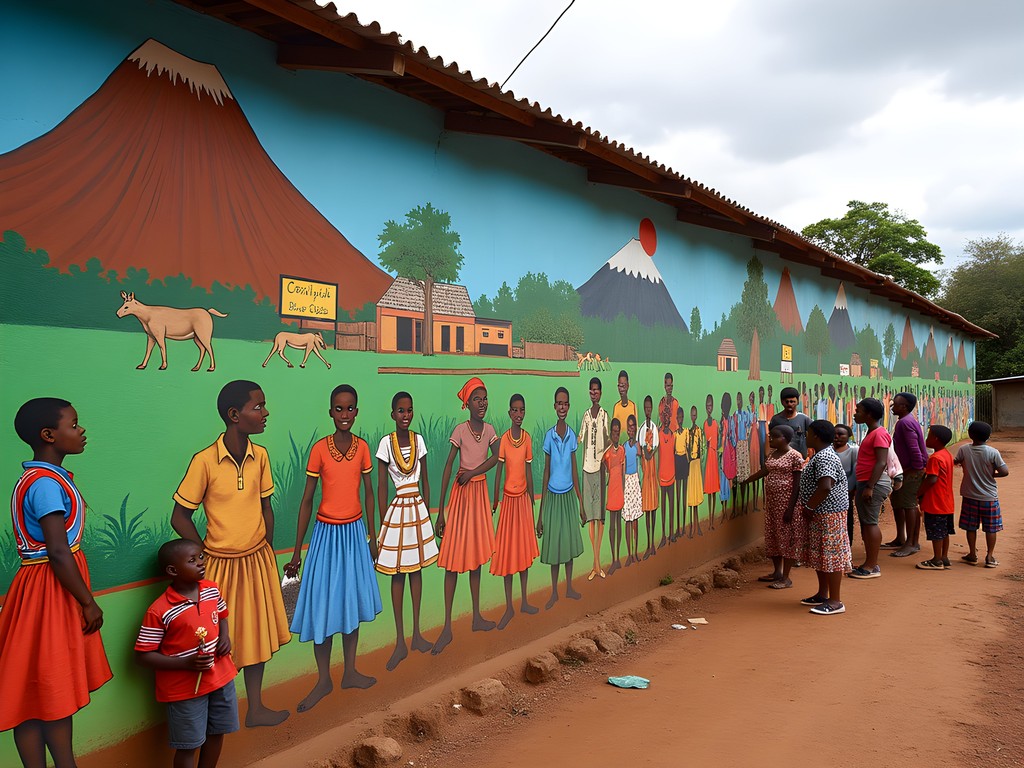
💡 Pro Tips
- Ask permission before photographing murals on private homes
- Visit primary schools (with proper permission) to see some of the most vibrant community art projects
- Support local artists by purchasing directly - prices are negotiable but don't bargain too hard
Sleeping Where the Dollars Stretch: Homestays and Hidden Gems
Listen, I've spent enough nights in chain hotels to know they're all the same whether you're in Newark or Nairobi. The real experience is with local families, where your money goes directly into community pockets.
In Moshi, I skipped the tourist hotels and found Mama Edith's homestay through a local connection. For $15 a night, I got a clean room, home-cooked meals, and a Tanzanian grandmother who insisted on teaching me Swahili each morning over coffee. No website, just WhatsApp: +255-762-XXX-XXX (message me directly for her contact).
For those nights when you need your own space, Kilimanjaro Backpackers offers private rooms for $25 that beat any budget hotel. The shared kitchen saved me hundreds on food costs. I brought my travel spice kit which let me doctor up simple meals with familiar flavors when homesickness hit.
My best accommodation discovery was in Marangu village - the Chagga homestay network where local families have converted traditional houses into guest rooms. For $20/night, I stayed in a renovated banana leaf hut with surprisingly comfortable bedding and modern bathroom facilities.
One night, we lost power (common in rural Tanzania), and my solar lantern became the hit of the neighborhood. Kids gathered around as I showed them how it charged by sunlight, and suddenly I was the popular guy with the magic light. Worth every penny for both practicality and those connections.
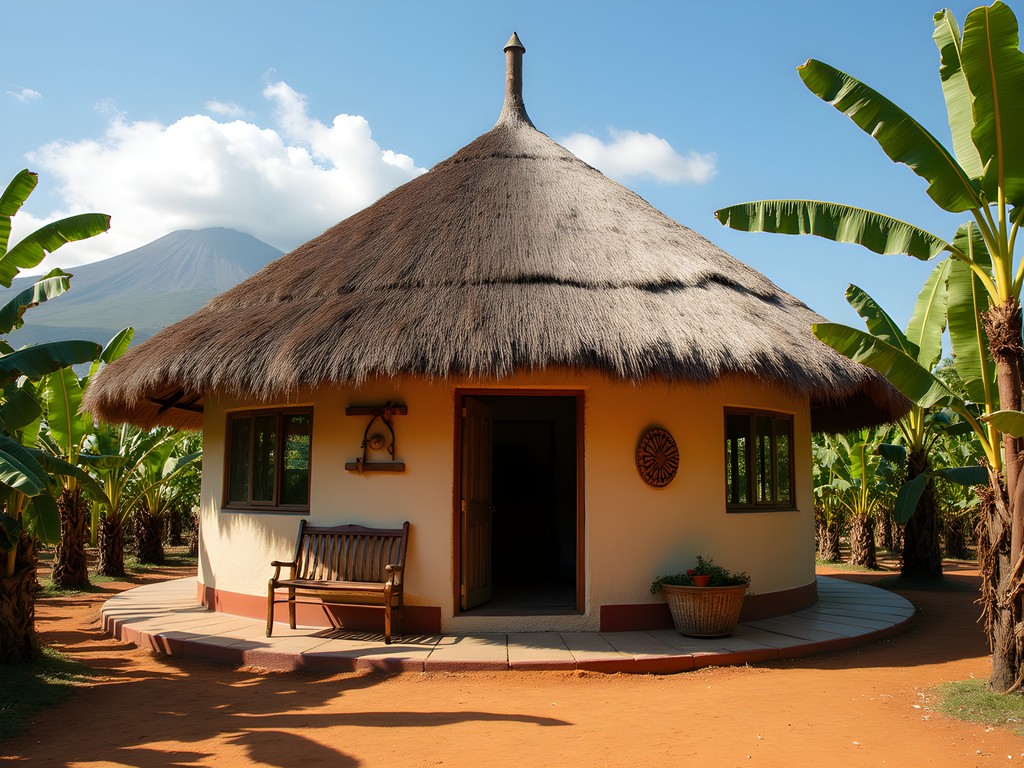
💡 Pro Tips
- Always carry a lightweight sleep sheet - some budget places have questionable bedding
- Bring small gifts for homestay hosts - coffee from your hometown is always appreciated
- Request a cooking lesson from your host family - best souvenir you can take home
Coffee Routes and Banana Beer: Taste the Real Kilimanjaro
You think you know coffee until you've walked the slopes where it's grown. The Kilimanjaro region produces some of the world's finest beans, and the small-batch farmers will show you the entire process if you just ask politely.
In Machame village, I joined a coffee cooperative tour for $5 that included seeing the entire process from cherry to cup. The highlight was hand-roasting beans over an open fire and grinding them with a traditional wooden mortar. That fresh-brewed cup ruined me for diner coffee back home.
I carry my portable coffee press everywhere, which came in handy when I wanted to brew up some local beans during early morning fishing sessions. The locals got a kick out of my 'American coffee machine' and we exchanged brewing techniques.
Beyond coffee, don't miss mbege - traditional Chagga banana beer. It's nothing like the mass-produced stuff back home. Slightly sour, low alcohol content, and deeply connected to local ceremonies. In Uru village, I was invited to a mbege brewing demonstration where they showed how the bananas are ripened, mashed, and fermented using ancient techniques.
For keeping track of all these flavor experiences, I rely on my waterproof notepad. Tanzania's sudden downpours would have destroyed regular paper, but this thing handles everything from rain to coffee spills. I've filled three of them with notes, recipes, and contacts from my travels.

💡 Pro Tips
- Visit coffee farms between September-December to see the harvesting process
- Always accept offered food or drink samples - refusing is considered rude
- Bring empty ziplock bags to take home small amounts of coffee beans (declare them at customs)
Final Thoughts
Look, I've driven enough miles in my taxi to circle the earth a few times, and I've learned one thing - the meter only runs when you're moving. Same goes for travel. Those folks rushing up and down Kilimanjaro for bragging rights? They're missing the real Tanzania happening in the villages below.
This region gave this old cab driver exactly what I needed - authentic experiences that didn't drain my retirement fund. From fishing with elders who've never owned a smartphone to sipping banana beer with families who've farmed the same land for generations, these are the memories no summit selfie can match.
Next time you're mapping out an African adventure, remember there's more to Kilimanjaro than just the mountain. The treasures are in the everyday lives happening in its shadow. Pack light, bring cash for local businesses, and leave your expectations at home. The real journey happens when you step off the tourist trail and into the dala-dala with the locals.
As we say in my cab back in Jersey - sometimes the best stories happen when you miss your turn. So go ahead, miss that turn. The mountain will still be there tomorrow.
✨ Key Takeaways
- Skip expensive tours and use local transportation to save money and meet authentic people
- Homestays provide better cultural immersion at a fraction of hotel costs
- Learning basic Swahili opens doors to experiences no guidebook can list
- The villages surrounding Kilimanjaro offer richer cultural experiences than the mountain itself
- Supporting local businesses and artisans creates meaningful connections that last beyond your trip
📋 Practical Information
Best Time to Visit
June-October (dry season) or January-February (short dry season)
Budget Estimate
$30-50/day excluding flights
Recommended Duration
7-10 days
Difficulty Level
Moderate

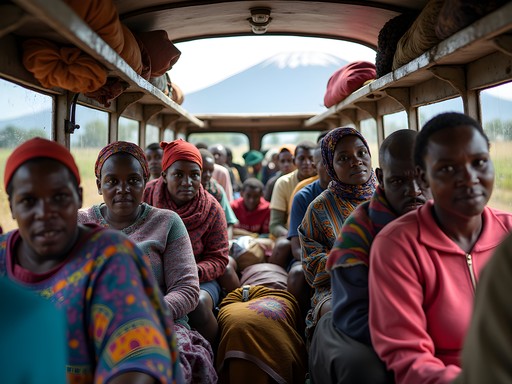
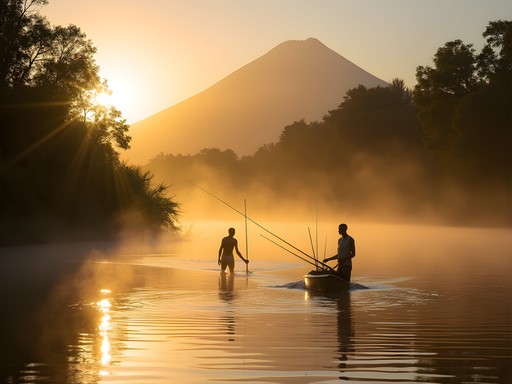
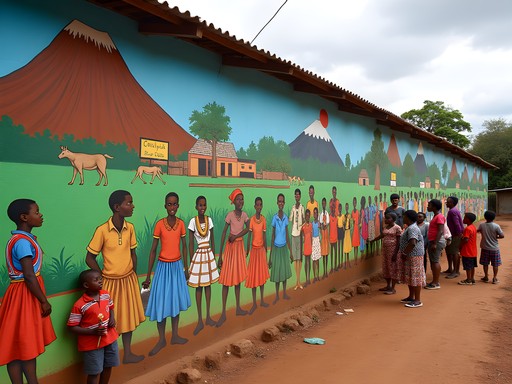

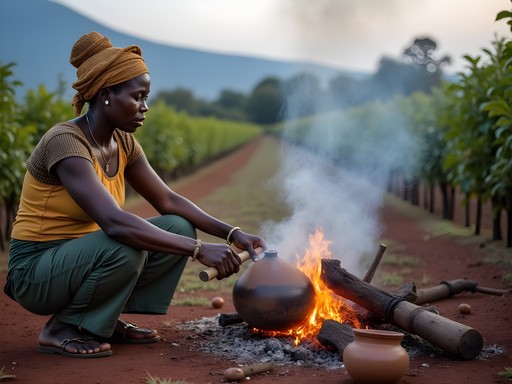



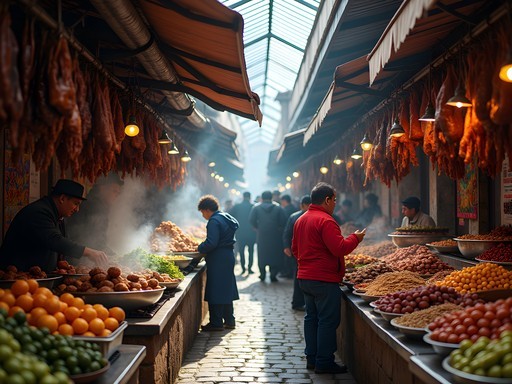

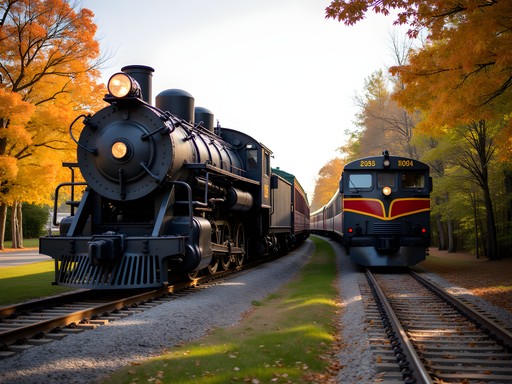

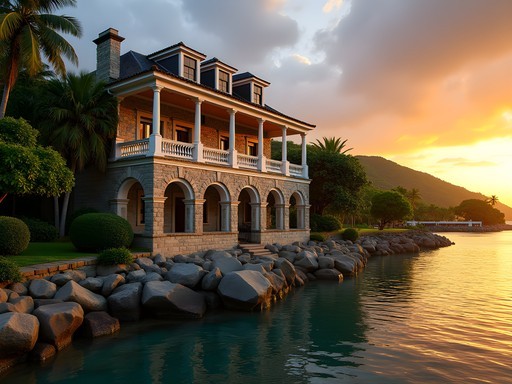

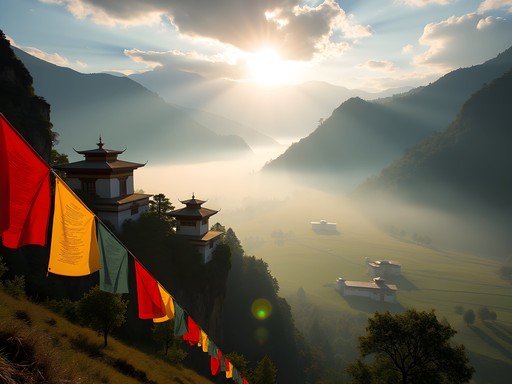
Comments
Kimberly Murphy
LOVE THIS SO MUCH! Finally someone writing about the REAL Kilimanjaro region! I did the summit trek in 2023 but honestly the best memories came from the week I spent afterwards with a local family in Marangu. The fishing experience with the Chagga you described brought back such vivid memories - I was hopeless at it and the local kids couldn't stop laughing at me! Did you try the local banana beer? That stuff is potent! I always tell people to pack their water filter bottle for these homestays - saved me from tummy troubles and reduced plastic waste. Your taxi driver wisdom is spot on - the real journey happens when you step off the tourist trail! 💯
travelking7702
How safe is it for solo travelers to use local transport and stay in these homestays? I'm planning a trip but a bit nervous about going off the typical tourist path. Also, did you need to book homestays in advance or can you find them when you arrive?
Aubrey Reynolds
I felt very safe as a solo traveler. Basic precautions apply like anywhere. For homestays, I booked a few days ahead through local contacts, but there are now some on Airbnb too. The locals are incredibly welcoming!
luckytime
The photos of those village murals are stunning! I had no idea there was such vibrant art scene there. Adding this to my bucket list!
Kimberly Murphy
Absolutely brilliant post, Aubrey! I was in the Kilimanjaro region last year and can confirm the local transportation is an adventure in itself. Those dalla-dallas (minibuses) are packed to the brim but such a fun way to meet locals! I spent three days in a homestay near Marangu and my host family taught me how to make proper ugali. Still can't get it right back home in Liverpool! Did you happen to visit any of the local coffee cooperatives? The small-batch stuff they produce is incredible and helps support local farmers directly.
escapeclimber
Been to Kili twice but never explored beyond the climb. Missed out!
hikingtime
Same here! Only did the summit. Time for a return trip I guess!
skyninja
How safe is it to use the local transportation you mentioned? Planning a trip with my girlfriend and wondering if we should just hire a driver instead?
journeyway9732
Not OP but we did the dala dala (minibuses) last month and it was totally fine! Crowded but super cheap and a fun experience. Just keep valuables close and you'll be good!
globegal
OMG those village murals look INCREDIBLE! Adding this to my bucket list right now! Did you need a guide to find them or can you just wander around?
Douglas Bradley
Fascinating perspective on Kilimanjaro region, Aubrey. Your taxi driver's lens offers a refreshingly grounded view compared to the typical summit-centric narratives. I spent three weeks in the area last year documenting traditional brewing methods, and found the Chagga communities incredibly welcoming. The section on village murals particularly resonated - these artistic expressions are woefully underdocumented. Have you noticed how the artistic styles differ between the eastern and western slopes? The eastern villages seem to incorporate more Maasai-influenced motifs in my observation.
nomadchamp
Great post! How much did those homestays typically cost? Planning a trip next year and trying to budget.
Aubrey Reynolds
Most homestays I found were between $15-30/night depending on location and amenities. Some even include home-cooked meals! Way better value than tourist hotels.
nomadchamp
That's amazing! Definitely going that route then. Thanks!
startime
This is exactly what I needed! Everyone keeps telling me to climb Kili but I'm more interested in the culture. Did the homestay thing last year in Vietnam and it was the highlight of my trip. How did you find the language barrier with the Chagga families? Worth learning a few Swahili phrases?
Aubrey Reynolds
Absolutely worth learning a few phrases! 'Jambo' (hello) and 'Asante' (thank you) go a long way. Most Chagga hosts I stayed with spoke some English, but they really appreciate the effort. The genuine connections happen when you try to speak their language, even badly!
startime
Thanks for the tip! Will definitely learn some basics before going.
Venture X
Premium card with 2X miles, $300 travel credit, Priority Pass